
Unleashing the Symphony of Movement: Nurturing Bilateral Coordination in Toddlers
Unleashing the Symphony of Movement: Nurturing Bilateral Coordination in Toddlers
As toddlers embark on their journey of exploration and discovery, the development of essential motor skills becomes paramount. Among these skills, bilateral coordination stands out as a foundational ability that paves the way for their physical, cognitive, and social development. Bilateral coordination involves the synchronized use of both sides of the body, allowing toddlers to engage in a wide range of activities. In this blog, we will delve into the significance of bilateral coordination in toddlers, its impact on various developmental aspects, and effective strategies to foster its growth during this crucial stage.
The Significance of Bilateral Coordination in Toddlers
Bilateral coordination plays a vital role in a toddler's development, impacting several key areas:
1. Fine Motor Skills:
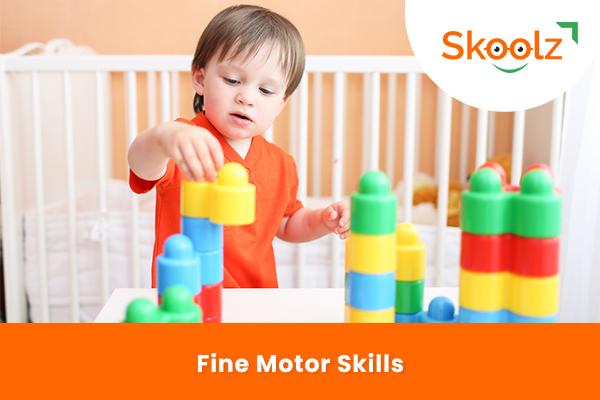
As toddlers refine their fine motor skills, bilateral coordination becomes essential. Activities like holding a crayon, stacking blocks, using utensils, and manipulating toys require the coordinated movements of both hands. Developing bilateral coordination enhances their ability to perform intricate tasks with precision and control.
2. Gross Motor Skills:
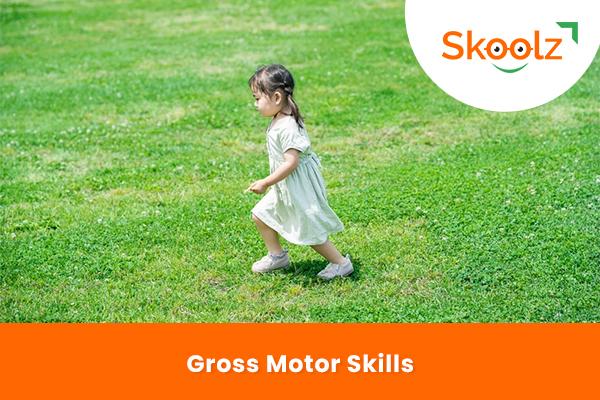
Bilateral coordination also contributes to the development of gross motor skills in toddlers. Actions such as crawling, walking, running, jumping, and climbing involve the coordination of movements between both sides of the body. This ability enables toddlers to explore their environment, maintain balance, and engage in physical play.
3. Hand-Eye Coordination:
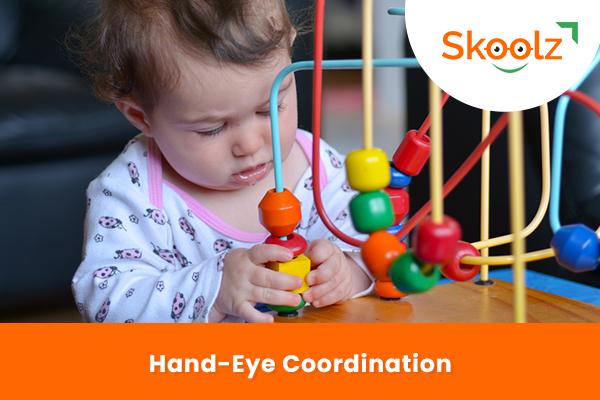
Bilateral coordination supports hand-eye coordination, allowing toddlers to track objects with their eyes while using their hands to grasp, manipulate, and interact with their surroundings. This coordination is crucial for activities like catching a ball, throwing, stacking blocks, and fitting puzzle pieces together.
4. Cognitive Development:
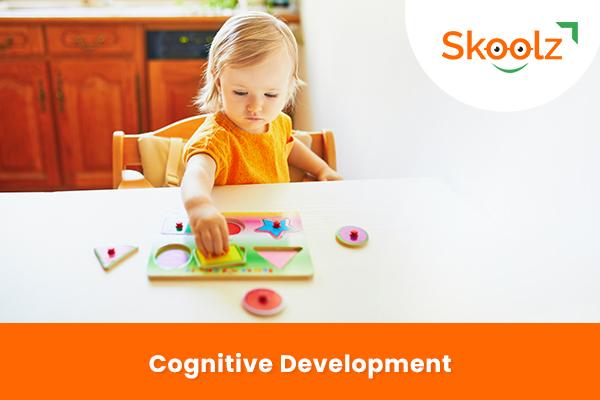
The development of bilateral coordination nurtures cognitive skills in toddlers. It enhances their ability to plan, problem-solve, and think critically as they navigate through various tasks and challenges. Coordinated movements of both hands stimulate brain connections and foster cognitive growth.
5. Independence and Self-Help Skills:
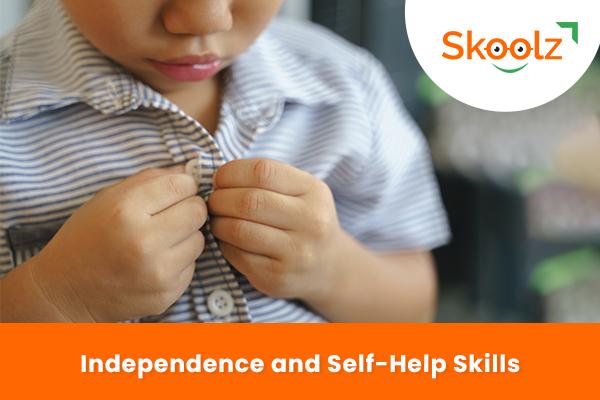
Bilateral coordination is integral to self-help skills in toddlers. By coordinating both hands, toddlers can learn to dress, fasten buttons, zip up jackets, and feed themselves independently. Developing these skills empowers toddlers and fosters a sense of autonomy.
Strategies to Foster Bilateral Coordination in Toddlers
Here are some effective strategies to support the development of bilateral coordination in toddlers:
1. Play with Manipulative Toys:
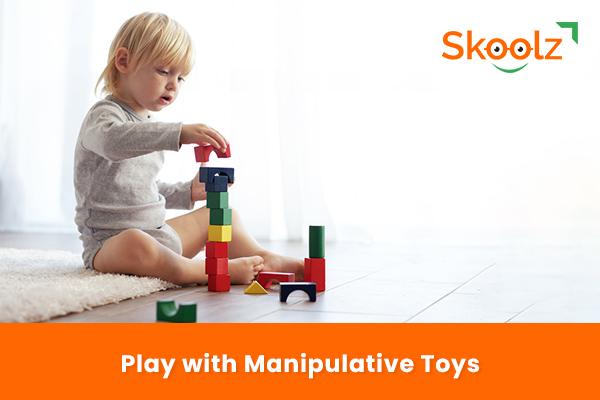
Provide toddlers with a variety of manipulative toys such as building blocks, puzzles, shape sorters, and stacking rings. Encourage them to use both hands to manipulate and explore these toys, fostering bilateral coordination and fine motor skills.
2. Sensory Play:
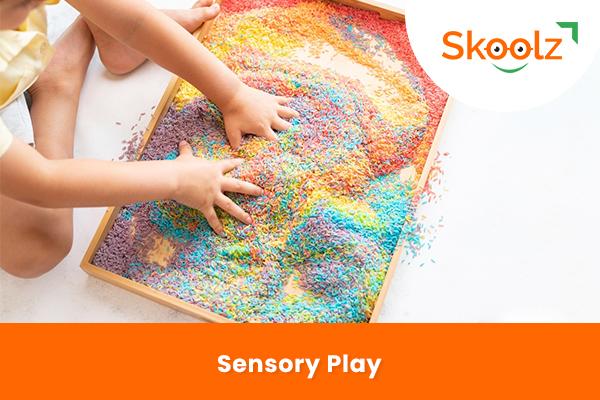
Engage toddlers in sensory activities like pouring and scooping rice or water, playing with sand or playdough, or finger painting. These activities promote bilateral coordination as toddlers use both hands to explore and manipulate materials.
3. Practice Self-Help Skills:
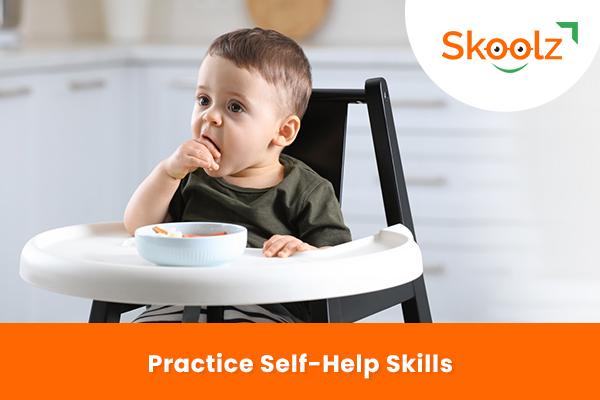
Encourage toddlers to engage in age-appropriate self-help tasks like buttoning, zipping, or feeding themselves. Support them as they develop their abilities to coordinate both hands in these activities, fostering independence and bilateral coordination.
4. Engage in Artistic Activities:

Provide toddlers with opportunities for creative expression through activities like drawing, painting, and finger painting. Encourage them to use both hands to hold the drawing tools, enhancing bilateral coordination, fine motor skills, and creativity.
5. Introduce Threading and Lacing Activities:
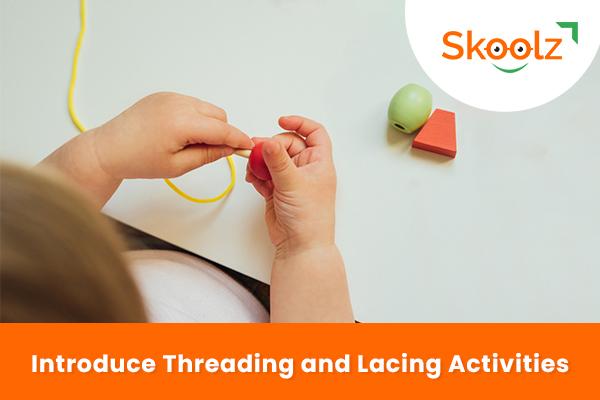
Offer toddlers threading toys or lacing cards that require them to use both hands to string beads or lace strings through holes. These activities promote bilateral coordination and hand-eye coordination.
6. Play with Balls and Balloons:
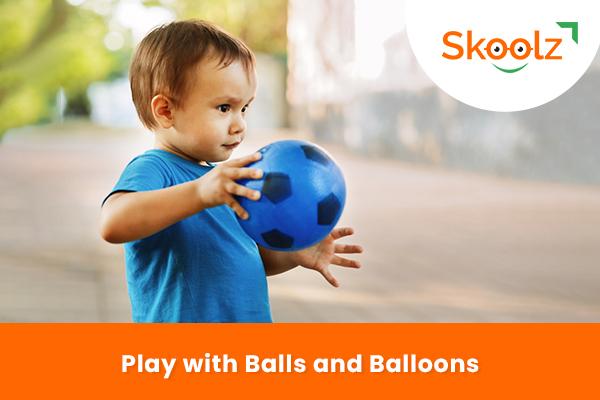
Engage toddlers in games that involve rolling, bouncing, catching, and throwing balls or balloons. These activities encourage bilateral coordination and enhance gross motor skills and hand-eye coordination.
7. Provide Opportunities for Outdoor Play:

Outdoor play on playground equipment, such as climbing frames and monkey bars, supports the development of bilateral coordination. These activities require toddlers to coordinate both sides of their bodies as they climb, swing, and balance.
FAQs:
Q1: How can I encourage my toddler to use both hands during activities?
A: Provide opportunities for activities that require bilateral coordination, such as building with blocks, playing with clay, or engaging in arts and crafts. Offer guidance and model the use of both hands and praise their efforts as they learn to coordinate both sides of their body.
Q2: What are some signs that my toddler may need support with bilateral coordination?
A: Difficulty using both hands together, avoiding activities that require bilateral coordination, and struggling with tasks like buttoning clothes or holding a utensil may indicate potential challenges. If you have concerns, consult with a pediatrician or occupational therapist for evaluation and guidance.
Q3: How can I make activities more engaging to promote bilateral coordination in my toddler?
A: Make activities fun and age-appropriate. Use colorful materials, introduce music or storytelling, and provide opportunities for exploration and creativity. Follow your toddler's lead and offer a variety of activities to keep them engaged.
Q4: Are there any safety considerations when engaging in outdoor play for bilateral coordination?
A: Ensure that the outdoor play area is age-appropriate and properly supervised. Check the equipment for safety, and provide appropriate protective gear like helmets or knee pads. Always prioritize your toddler's safety and supervise their play.
Q5: Can screen time affect my toddler's development of bilateral coordination?
A: Excessive screen time may limit opportunities for hands-on exploration and active play, which are crucial for developing bilateral coordination. It's important to balance screen time with a variety of real-world, hands-on activities to promote healthy development.
Conclusion:
Bilateral coordination is a key skill that supports a toddler's physical, cognitive, and social development. By providing a nurturing environment and engaging in purposeful play, parents and caregivers can foster the growth of bilateral coordination in toddlers. Embrace the journey of discovery and celebrate the achievements as your little ones develop the symphony of coordinated movements that will lay the foundation for their future accomplishments.
Note: The information provided in this guide and the FAQs is for general informational purposes only and should not be considered as professional advice. Consult with healthcare professionals or specialists for personalized guidance based on your child's specific needs.
Disclaimer: The information in the blogs is intended to offer general guidance on various aspects of toddler development. However, it is essential to note that every child is unique, and individual circumstances may vary. The content in our blogs should not be considered a substitute for professional medical advice. If you observe any critical symptoms or have specific concerns about your child's health, we strongly advise consulting with a qualified pediatrician. We do not assume any responsibility or liability for actions taken based on the information provided. Always seek the expertise of a medical professional for any specific concerns or medical attention your child may require. By accessing our toddler blogs, you acknowledge the importance of consulting with a pediatrician for any critical symptoms or concerns.
 Written by:
Written by:
Bhawana Mohane
Digital Marketer

Unleashing the Symphony of Movement: Nurturing Bilateral Coordination in Toddlers
As toddlers embark on their journey of exploration and discovery, the development of essential motor skills becomes paramount. Among these skills, bilateral coordination stands out as a foundational ability that paves the way for their physical, cognitive, and social development. Bilateral coordination involves the synchronized use of both sides of the body, allowing toddlers to engage in a wide range of activities. In this blog, we will delve into the significance of bilateral coordination in toddlers, its impact on various developmental aspects, and effective strategies to foster its growth during this crucial stage.
The Significance of Bilateral Coordination in Toddlers
Bilateral coordination plays a vital role in a toddler's development, impacting several key areas:
1. Fine Motor Skills:

As toddlers refine their fine motor skills, bilateral coordination becomes essential. Activities like holding a crayon, stacking blocks, using utensils, and manipulating toys require the coordinated movements of both hands. Developing bilateral coordination enhances their ability to perform intricate tasks with precision and control.
2. Gross Motor Skills:

Bilateral coordination also contributes to the development of gross motor skills in toddlers. Actions such as crawling, walking, running, jumping, and climbing involve the coordination of movements between both sides of the body. This ability enables toddlers to explore their environment, maintain balance, and engage in physical play.
3. Hand-Eye Coordination:

Bilateral coordination supports hand-eye coordination, allowing toddlers to track objects with their eyes while using their hands to grasp, manipulate, and interact with their surroundings. This coordination is crucial for activities like catching a ball, throwing, stacking blocks, and fitting puzzle pieces together.
4. Cognitive Development:

The development of bilateral coordination nurtures cognitive skills in toddlers. It enhances their ability to plan, problem-solve, and think critically as they navigate through various tasks and challenges. Coordinated movements of both hands stimulate brain connections and foster cognitive growth.
5. Independence and Self-Help Skills:

Bilateral coordination is integral to self-help skills in toddlers. By coordinating both hands, toddlers can learn to dress, fasten buttons, zip up jackets, and feed themselves independently. Developing these skills empowers toddlers and fosters a sense of autonomy.
Strategies to Foster Bilateral Coordination in Toddlers
Here are some effective strategies to support the development of bilateral coordination in toddlers:
1. Play with Manipulative Toys:

Provide toddlers with a variety of manipulative toys such as building blocks, puzzles, shape sorters, and stacking rings. Encourage them to use both hands to manipulate and explore these toys, fostering bilateral coordination and fine motor skills.
2. Sensory Play:

Engage toddlers in sensory activities like pouring and scooping rice or water, playing with sand or playdough, or finger painting. These activities promote bilateral coordination as toddlers use both hands to explore and manipulate materials.
3. Practice Self-Help Skills:

Encourage toddlers to engage in age-appropriate self-help tasks like buttoning, zipping, or feeding themselves. Support them as they develop their abilities to coordinate both hands in these activities, fostering independence and bilateral coordination.
4. Engage in Artistic Activities:

Provide toddlers with opportunities for creative expression through activities like drawing, painting, and finger painting. Encourage them to use both hands to hold the drawing tools, enhancing bilateral coordination, fine motor skills, and creativity.
5. Introduce Threading and Lacing Activities:

Offer toddlers threading toys or lacing cards that require them to use both hands to string beads or lace strings through holes. These activities promote bilateral coordination and hand-eye coordination.
6. Play with Balls and Balloons:

Engage toddlers in games that involve rolling, bouncing, catching, and throwing balls or balloons. These activities encourage bilateral coordination and enhance gross motor skills and hand-eye coordination.
7. Provide Opportunities for Outdoor Play:

Outdoor play on playground equipment, such as climbing frames and monkey bars, supports the development of bilateral coordination. These activities require toddlers to coordinate both sides of their bodies as they climb, swing, and balance.
FAQs:
Q1: How can I encourage my toddler to use both hands during activities?
A: Provide opportunities for activities that require bilateral coordination, such as building with blocks, playing with clay, or engaging in arts and crafts. Offer guidance and model the use of both hands and praise their efforts as they learn to coordinate both sides of their body.
Q2: What are some signs that my toddler may need support with bilateral coordination?
A: Difficulty using both hands together, avoiding activities that require bilateral coordination, and struggling with tasks like buttoning clothes or holding a utensil may indicate potential challenges. If you have concerns, consult with a pediatrician or occupational therapist for evaluation and guidance.
Q3: How can I make activities more engaging to promote bilateral coordination in my toddler?
A: Make activities fun and age-appropriate. Use colorful materials, introduce music or storytelling, and provide opportunities for exploration and creativity. Follow your toddler's lead and offer a variety of activities to keep them engaged.
Q4: Are there any safety considerations when engaging in outdoor play for bilateral coordination?
A: Ensure that the outdoor play area is age-appropriate and properly supervised. Check the equipment for safety, and provide appropriate protective gear like helmets or knee pads. Always prioritize your toddler's safety and supervise their play.
Q5: Can screen time affect my toddler's development of bilateral coordination?
A: Excessive screen time may limit opportunities for hands-on exploration and active play, which are crucial for developing bilateral coordination. It's important to balance screen time with a variety of real-world, hands-on activities to promote healthy development.
Conclusion:
Bilateral coordination is a key skill that supports a toddler's physical, cognitive, and social development. By providing a nurturing environment and engaging in purposeful play, parents and caregivers can foster the growth of bilateral coordination in toddlers. Embrace the journey of discovery and celebrate the achievements as your little ones develop the symphony of coordinated movements that will lay the foundation for their future accomplishments.
Note: The information provided in this guide and the FAQs is for general informational purposes only and should not be considered as professional advice. Consult with healthcare professionals or specialists for personalized guidance based on your child's specific needs.
Disclaimer: The information in the blogs is intended to offer general guidance on various aspects of toddler development. However, it is essential to note that every child is unique, and individual circumstances may vary. The content in our blogs should not be considered a substitute for professional medical advice. If you observe any critical symptoms or have specific concerns about your child's health, we strongly advise consulting with a qualified pediatrician. We do not assume any responsibility or liability for actions taken based on the information provided. Always seek the expertise of a medical professional for any specific concerns or medical attention your child may require. By accessing our toddler blogs, you acknowledge the importance of consulting with a pediatrician for any critical symptoms or concerns.
 Written by:
Written by:
Bhawana Mohane
Digital Marketer




